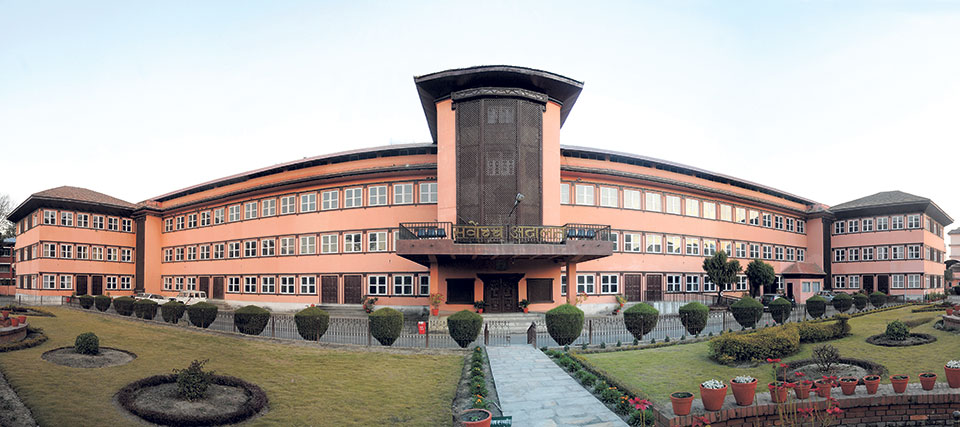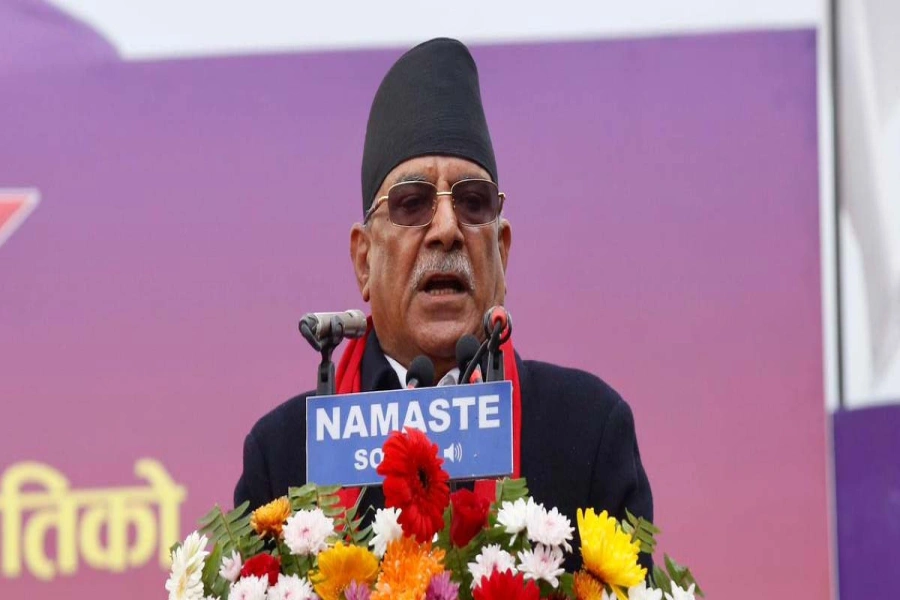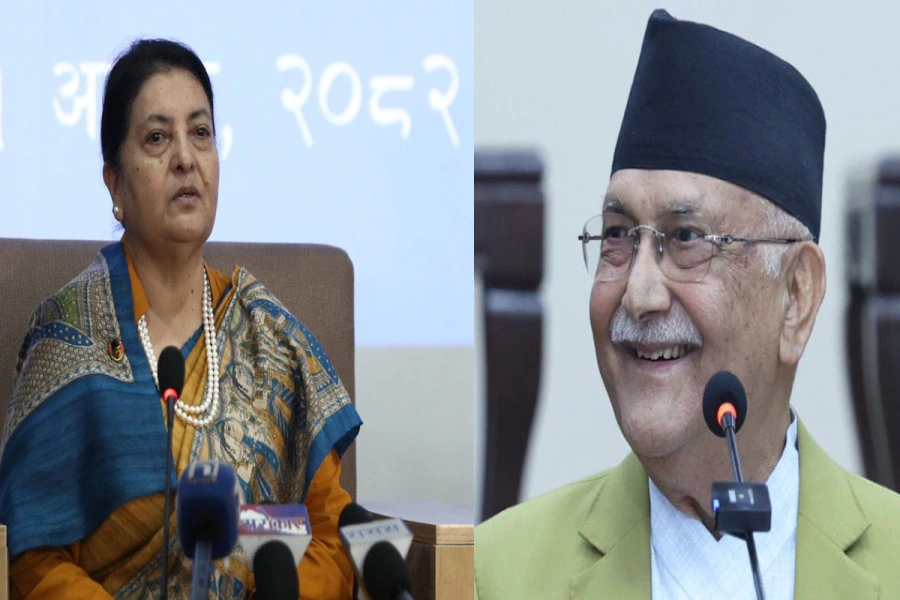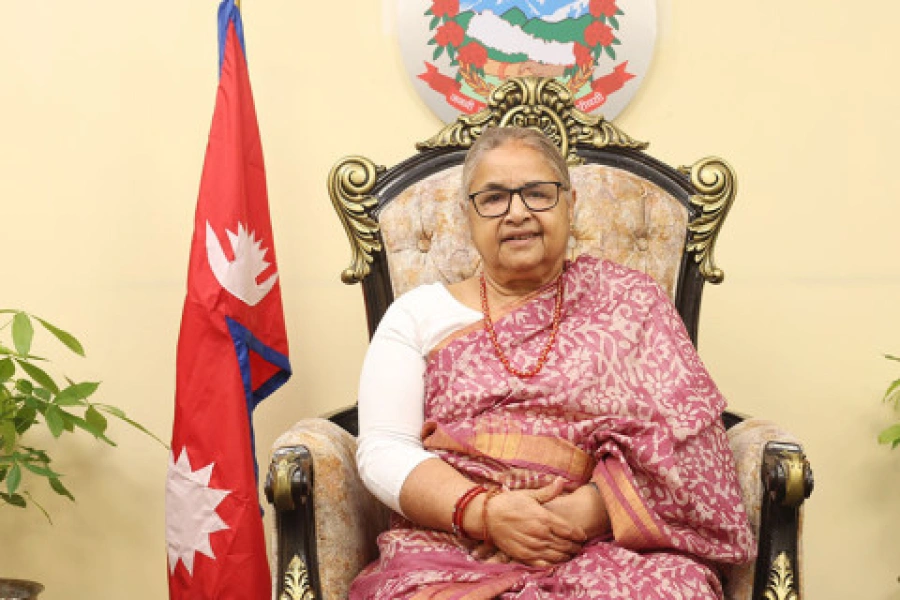A Bill currently under discussion in the National Assembly aims to establish Eye University. This bill seeks to produce high-quality professionals in eye health and to develop the necessary materials for this field. The initiative, spearheaded by the Ministry of Education, Science, and Technology in collaboration with renowned eye specialist Dr. Sanduk Ruit, appears to be driven by a clear necessity. Nepal has long faced criticism for having too many universities, and the addition of another—especially with a name and purpose similar to existing institutions—raises questions.
The perception that some universities are primarily focused on granting affiliations for financial gain remains strong. However, experts suggest that Eye University should not be viewed in this light. Instead, it is anticipated that the university will represent a significant advancement in eye health by focusing on both manpower and necessary materials related to the eye treatment, rather than merely serving as a thematic institution or the institution providing affiliation. Dr. Ruit's direct involvement is expected to maintain the university's integrity and vision to develop a center of ophthalmology.
Eight universities from Nepal, India and B’desh to compete in J...

A section of academics have lately advocated for specialized universities to enhance Nepal's educational landscape. They believe that smaller, specialized institutions can create robust curricula and expertise in specific areas. In this context, supporting the establishment of Eye University can be seen as a positive step. Given that many universities in Nepal are considered inefficient, the government’s support for specialized institutions like Eye University could be beneficial.
The proposed Tilganga Eye University, for instance, is unlikely to impose any significant financial burden on the government. It already has sufficient infrastructure, including land and buildings, and operates multiple community eye hospitals and centers. This existing setup indicates that the university would likely be self-sufficient and not require extensive government assistance. The proposed Eye University may serve not only as a center of excellence for ophthalmologists but also as a beacon of hope for patients from around the world, including India, Bhutan, Bangladesh, and distant African countries. This specialization promises to enhance both quality of service and impact.
Tilganga Eye Hospital, which manufactures essential lenses, has produced 7 million lenses till date, with half exported to over 40 countries. It also operates 25 community eye centers, 40 rural eye centers, and three community eye hospitals across 22 districts. This extensive network ensures ample practical opportunities for students. With over 150 eye surgeries performed daily and more than 3,000 outpatient visits, Tilganga Hospital’s multifaceted approach—encompassing an eye hospital, eye bank, research center, training center, and lens production department—demonstrates its capability to support a university.
In light of these facts, there is no reason to doubt the success of this initiative led by Dr. Ruit and his dedicated team of eye care professionals. As one person goes blind every five seconds globally, the need for advancements in eye health is critical. While Nepal is often lauded for its success in this field, Tilganga Eye Hospital stands as a source of inspiration. Support from the Ministry of Education, Science, and Technology and other stakeholders is crucial to realizing the vision of Eye University and advancing contributions to eye health.




































